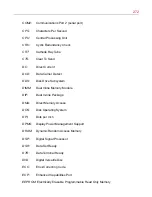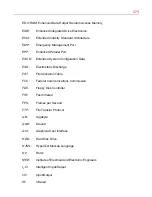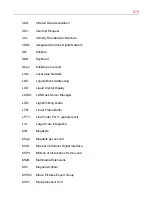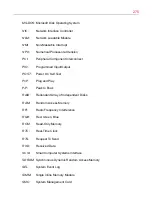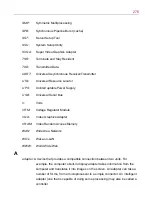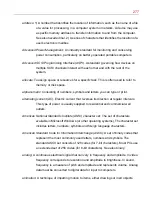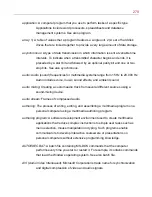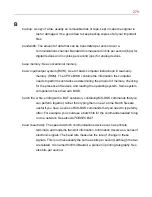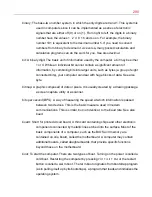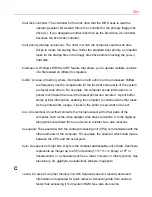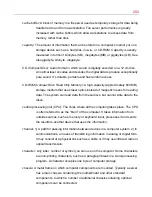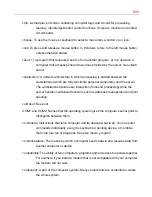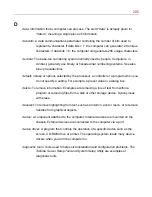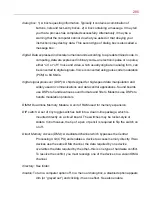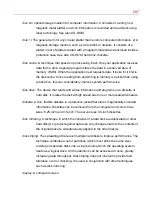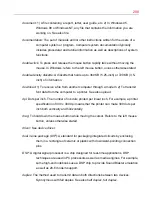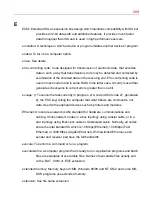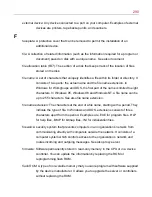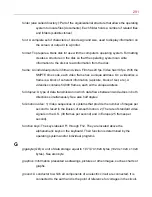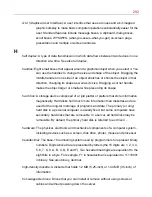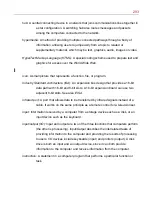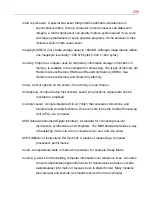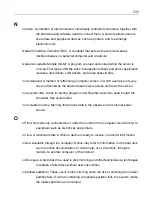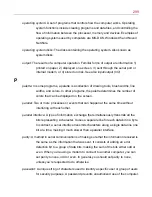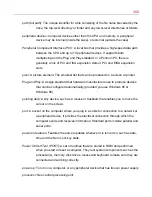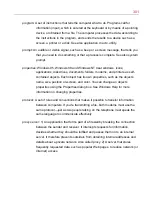
286
dialog box: 1) A box requesting information. Typically it contains a combination of
buttons, lists and text-entry boxes. 2) A box containing a message. It may tell
you that a process has completed successfully. Alternatively, it may be a
warning that the computer cannot do what you asked or that obeying your
instructions may destroy data. This second type of dialog box is also called a
message box.
digital: Data expressed in discrete numerical units according to a predetermined code. In
computing, data are expressed in binary code--an electronic pulse or no pulse,
either “on” or “off.” Voice and video, which usually originate in analog form, can
be converted to digital signals. Voice is converted using pulse code modulation
(PCM) to 64 Kbit/s.
digital signal processor (DSP): A chip designed for high-speed data manipulation and
widely used in communications and data control applications. Sound boards
use DSPs to handle various sound formats and filters. Modems use DSPs to
handle modulation protocols.
DIMM: Dual Inline Memory Module. A unit of RAM used for memory expansion.
DIP switch: A set of tiny toggle switches built into a dual in-line package, which is
mounted directly on a circuit board. The switches may be rocker-style or
sliders. In both cases, the tip of a pen or pencil is required to flip the switch on
or off.
Direct Memory Access (DMA): A dedicated channel which bypasses the Central
Processing Unit (CPU) and enables a device to access memory directly. If two
devices use the same DMA channel, the data required by one device
overwrites the data required by the other--this is one type of hardware conflict.
To resolve the conflict, you must reassign one of the devices to a vacant DMA
channel.
directory: See folder.
disable: To turn a computer option off. In a menu or dialog box, a disabled option appears
dim (or “grayed out”) and clicking it has no effect. See also enable.
Summary of Contents for 3200
Page 1: ... ...
Page 309: ...309 ...

